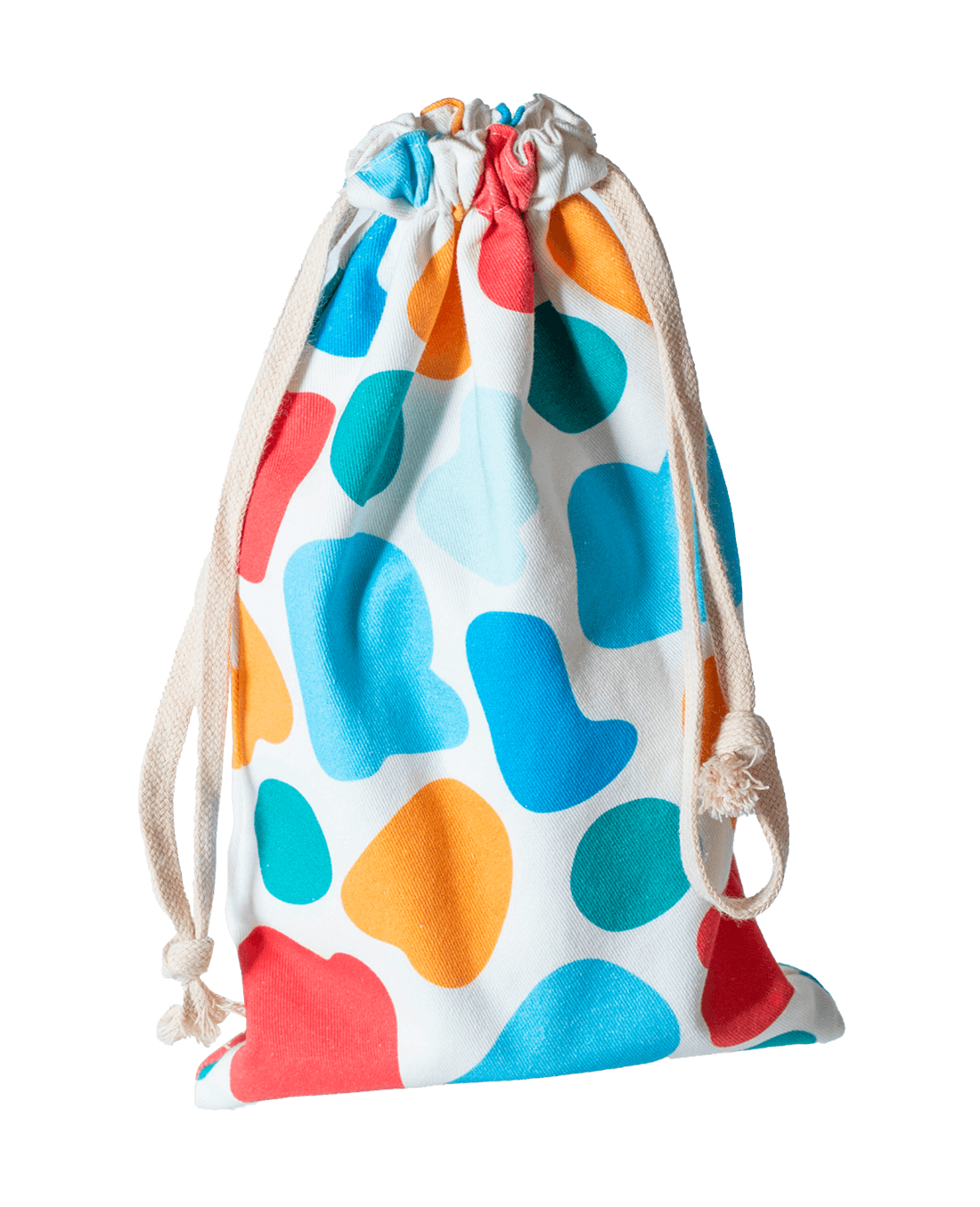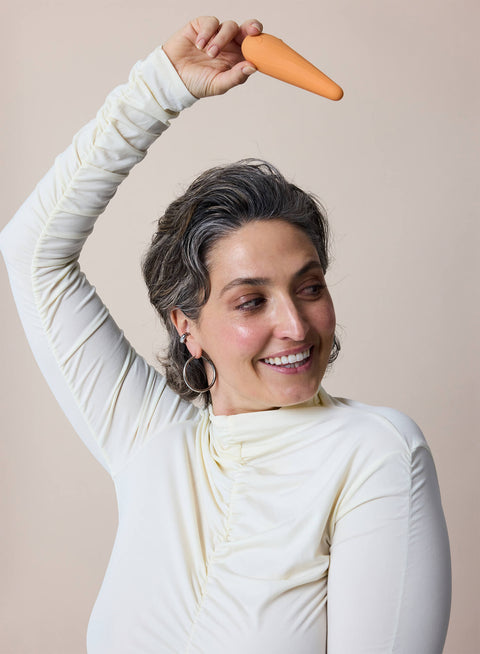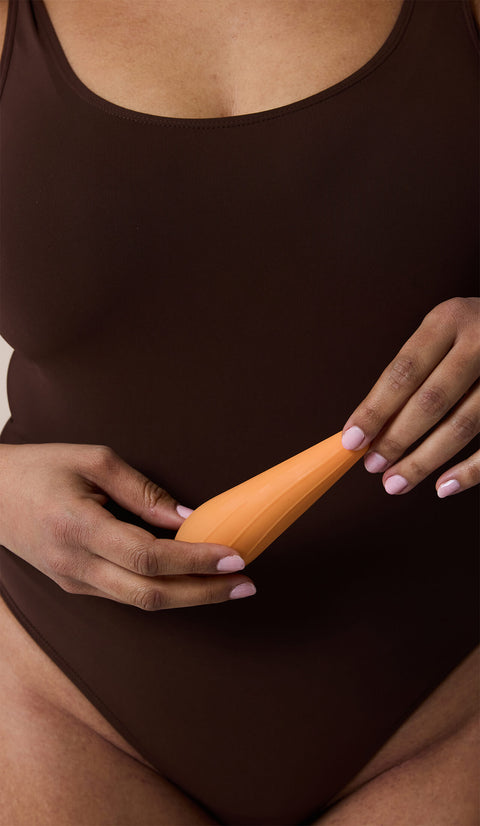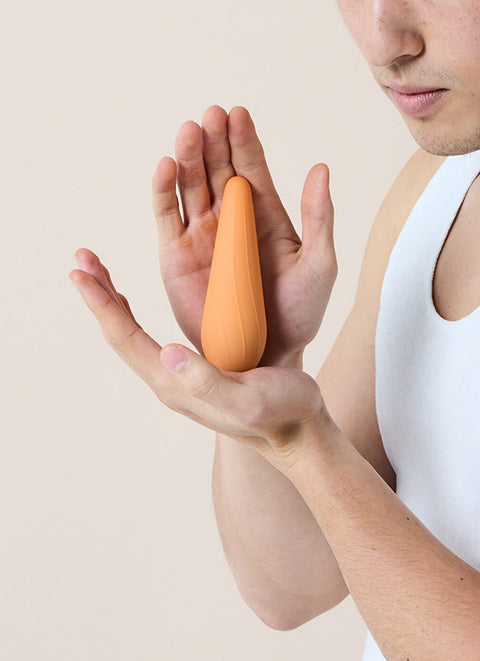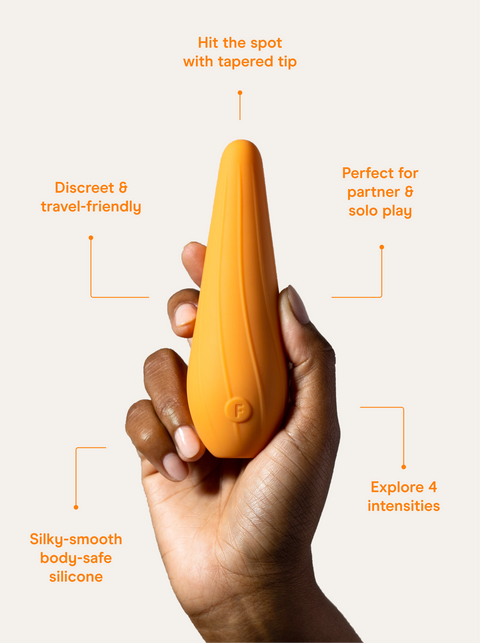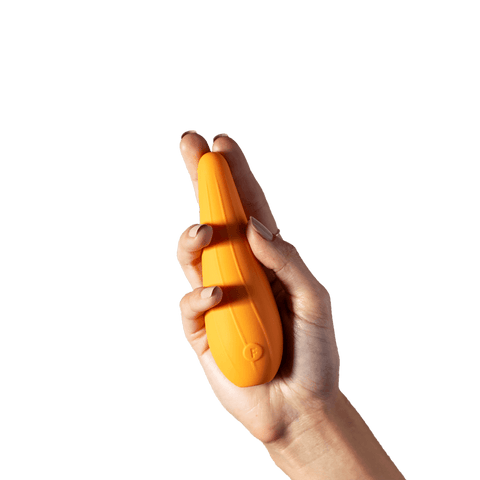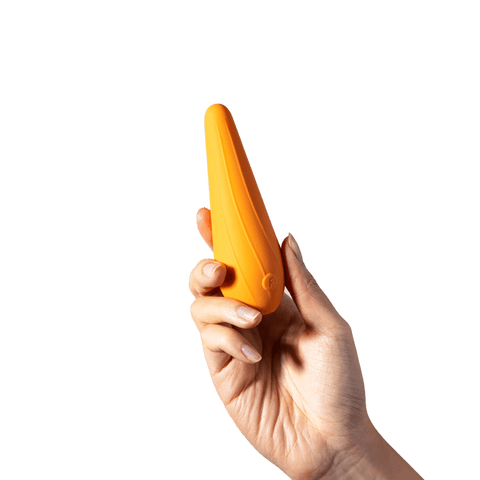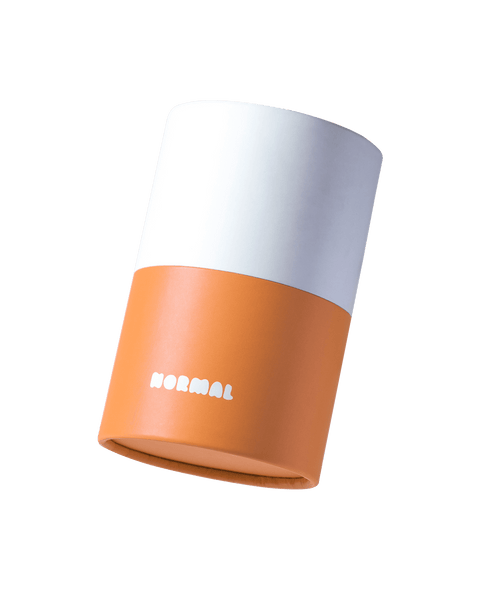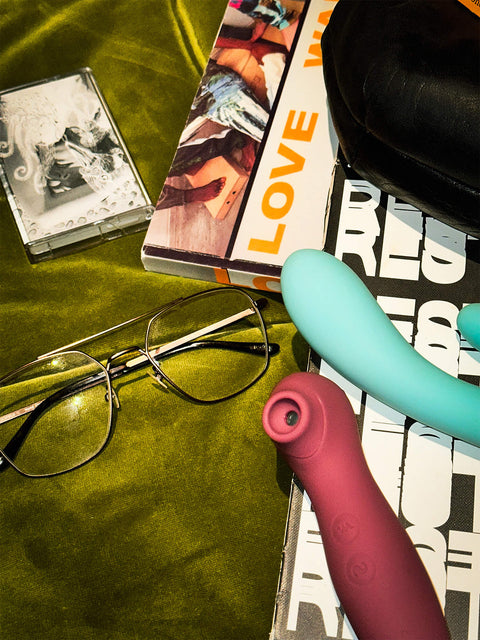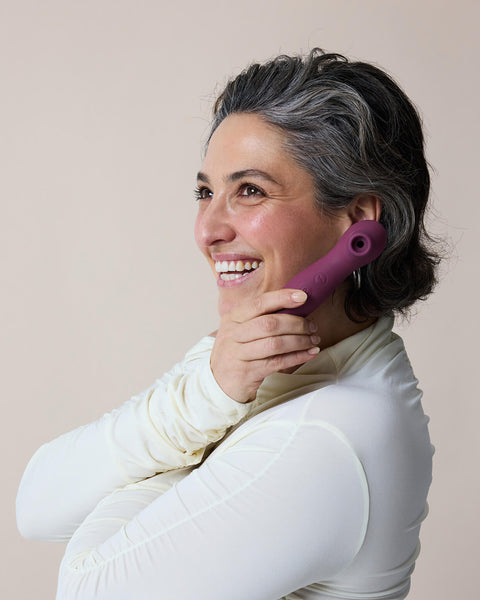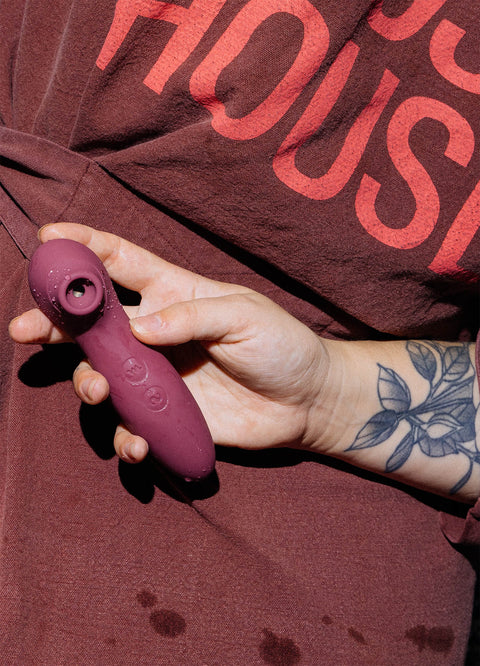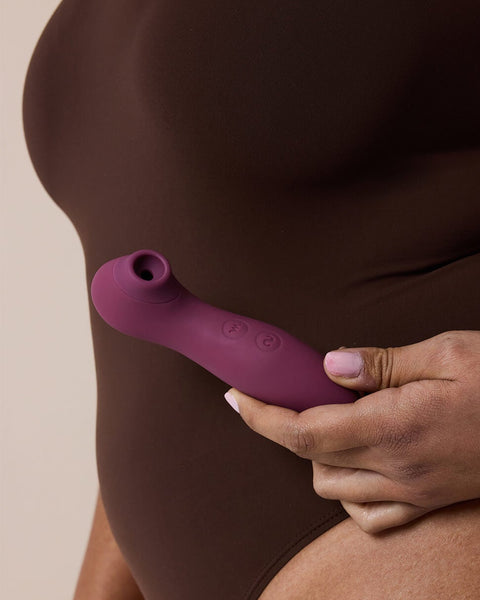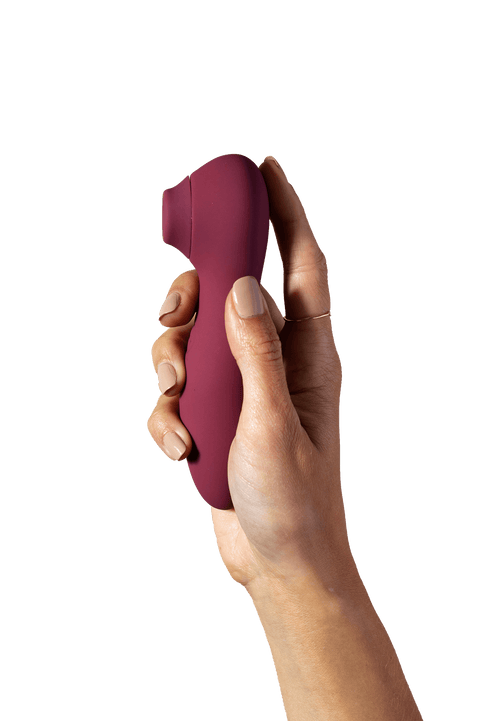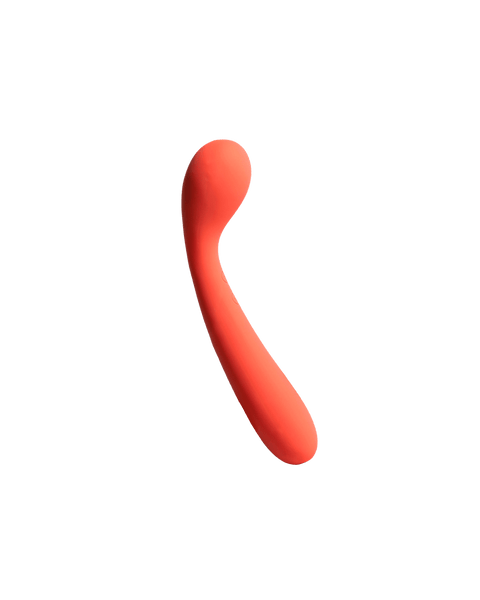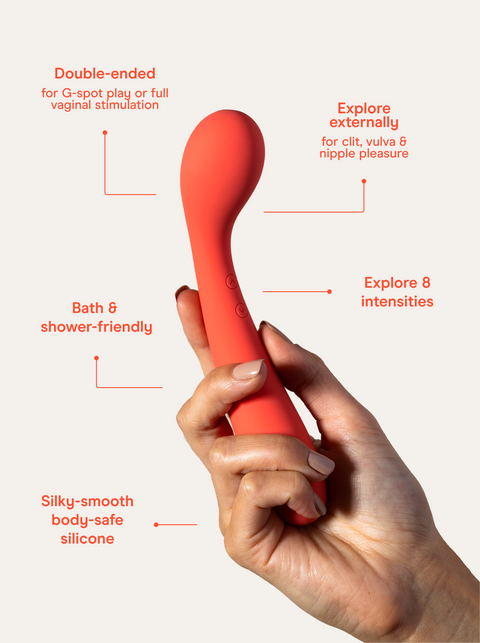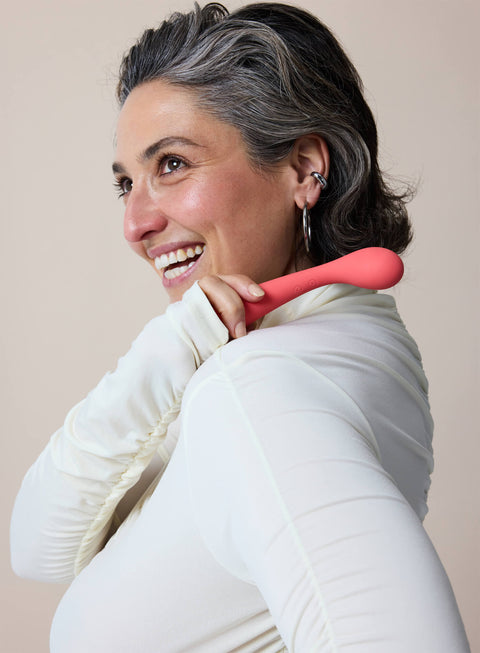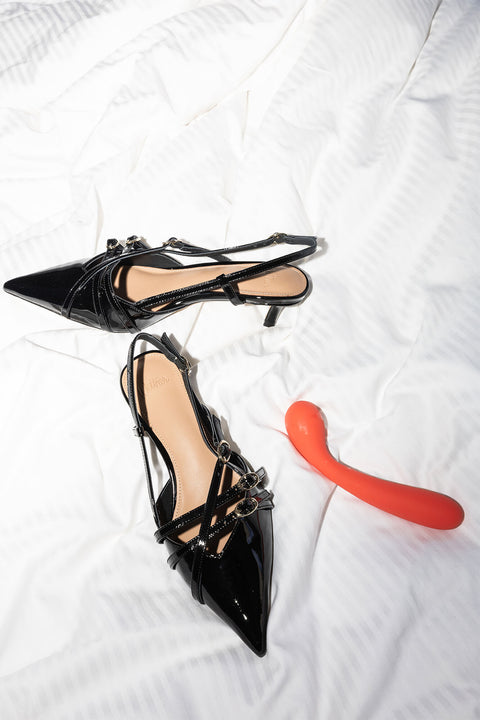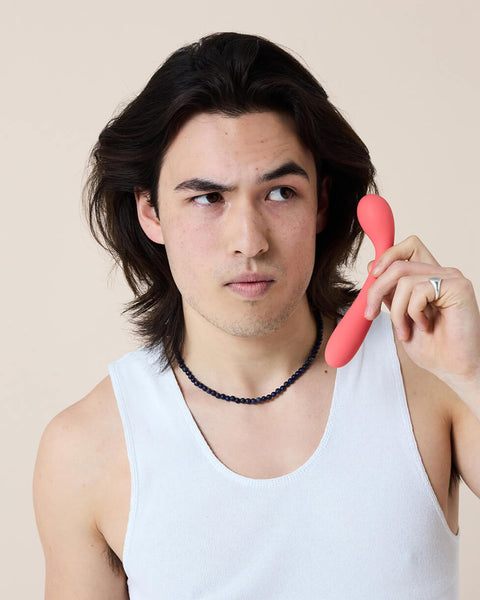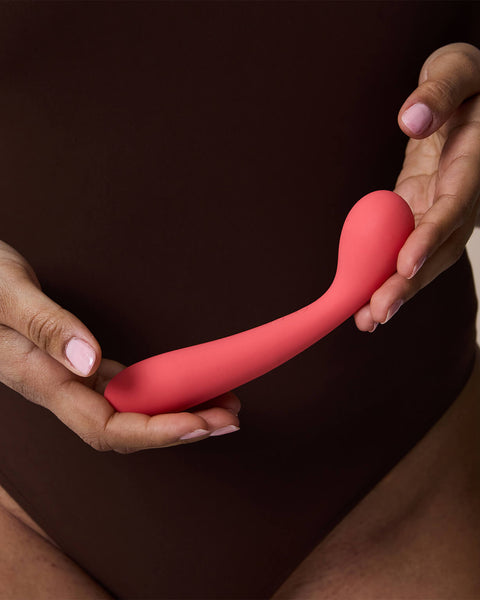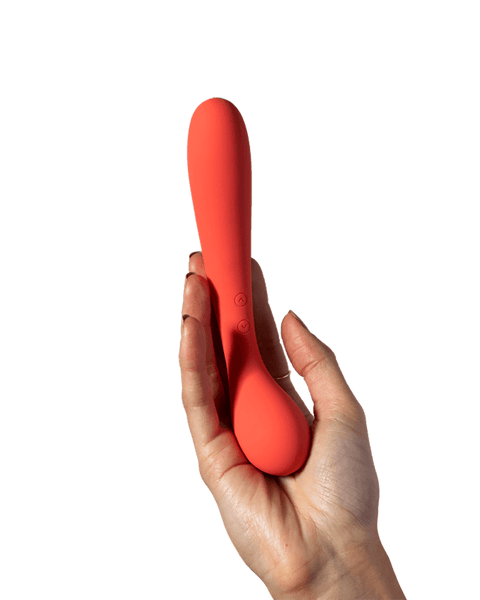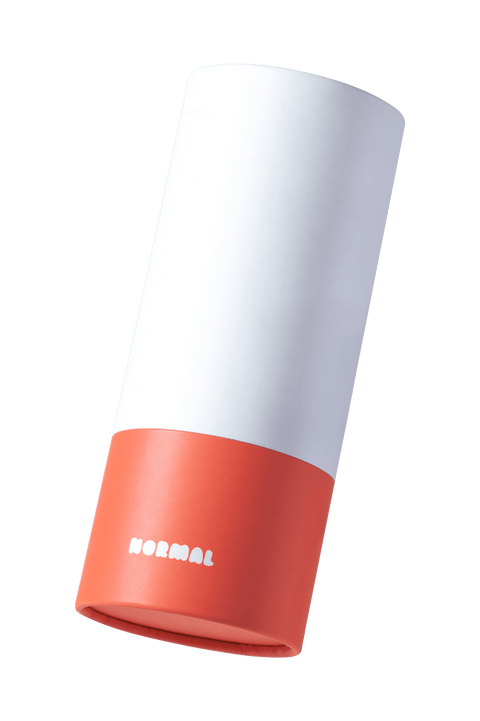Have you ever planned a romantic night for a partner and stocked the table with oysters, wine, and chocolate?
If so, you might’ve been hoping for an aphrodisiac effect.
An aphrodisiac is any substance that’s said to increase a person’s sexual desire or make them more turned on, and some of the more common ones include chilli, figs, and—yes—chocolate, oysters, and wine.
But we want to know whether the rumours are true: can these substances actually make you turned on? Can having a dinner of chilli oysters followed by a glass of wine and a dessert of chocolate-covered figs really make you feel turned-on—or is it just a recipe for culinary mayhem?
***
First, so we’re clear about what we’re talking about when we talk about the supposed effects of aphrodisiacs, let’s look at how desire and arousal occur and what actually happens to our bodies when we’re turned on.
We’ve talked a lot about sex educator Emily Nagoski at NORMAL, and we think her research is really useful to discuss here with regards to desire and arousal. In case you’re new to her work, Nagoski has proposed an idea that’s pretty groundbreaking within the world of sex and sexuality: that there are two types of desire.
Most of us are familiar with the idea of spontaneous desire, because it’s basically the ‘default’ idea of desire that we see depicted in the media around us. Nagoski writes that spontaneous desire appears in anticipation of sexual pleasure—so, essentially, we can be at home sitting on the couch and experience a ‘lightning bolt’ of desire. It’s the sudden thought of, “Hey, it would be great to have sex right now!”. We can then indulge our feelings of desire by, say, going to find our partner and seeing if they’re in the mood, or grabbing our favourite sex toy for a moment of solo play.
Spontaneous desire is totally normal, and many of us will experience it in our lifetimes. But Nagoski also proposed a second form of desire: responsive desire. Responsive desire occurs as a response to sexual pleasure, rather than in anticipation to it. For example, if our partner rubs our back in a certain way or gives us some kisses along our neck and we start to feel turned on, that’s responsive desire—we are feeling desire as a response to their action.
You can read more of Nagoski’s writing on this topic if you like (and we definitely recommend that you do!), but the part of her work that’s most relevant to the topic of aphrodisiacs is the idea that desire doesn’t always appear out of nowhere. Sometimes, it’s as a response to something.
And although the main idea behind aphrodisiacs is often the belief that eating, say, a fig can make us spontaneously turned on, we would argue that what we talk about when we talk about aphrodisiacs is responsive desire: our bodies responding to the effects of an aphrodisiac.
But it’s not just desire that aphrodisiacs are said to inspire. When we experience desire, our bodies can (but not always) become aroused, and when our bodies are aroused they go through a number of changes. Our heartbeat gets faster, our breathing quickens, and our blood pressure can rise which can lead to a ‘flush’ or blush on our cheeks and chest. The nipples can harden, the penis can swell and become erect, and the vagina can start to lubricate itself in anticipation of touch. Aphrodisiacs are said to spur these responses as well: so the suggestion is that when we consume an aphrodisiac, we don’t just experience desire but also a form of arousal.
So now that we know how desire works, what happens when we’re aroused, and the role that aphrodisiacs are meant to play with regards to desire and arousal, we want to discover the truth.
Do aphrodisiacs really work? Can they create responsive desire and arousal, or is it all just a myth? Here we’ve looked at some of the most common aphrodisiacs and done some research to find out.
Chocolate
A box of chocolates is a common romantic gift, but can eating chocolates cause arousal? A study in The Journal of Sexual Medicine found that women who ate chocolate daily scored higher on the Female Sexual Function Index than women who didn’t, but the study also noted that the women who didn’t eat chocolate daily were generally older than those who did. The different scores on the FSFI may have been due to age, rather than chocolate consumption levels. Overall we did not find any evidence that chocolate is an aphrodisiac, but we’d like to put it out there that we’re willing to volunteer as chocolate-eaters for any future scientific studies.
Figs
Figs are often suggested to be an aphrodisiac, but we couldn’t find any studies to suggest that they could impact desire or arousal. Our theory is that because figs look a bit yonic—they resemble the vulva—they’re associated with sex and desire, but we think the connection ends there.
Oysters
Another food that can sometimes resemble the vulva! A study in the Middle East Journal of Medicine reported that oysters are commonly viewed as aphrodisiacs and have been ever since the Roman Empire. Interestingly, the study found that oysters are rich in amino acids and zinc, which can increase sex hormones, although the researchers weren’t able to conclusively prove that oysters function as an aphrodisiac.
Chilli
If you’ve ever sweated your way through a bottle of hot sauce you might wonder how on earth chilli could be considered an aphrodisiac—but some believe the spicy substance has powerful qualities! We couldn’t find any research to back it up, although one paper suggests that because chilli can sometimes cause sweating and blushing, it was thought to be an aphrodisiac because sometimes we can sweat and blush when we’re aroused.
Wine
It’s fairly common to have a glass of wine with dinner, but can it be an aphrodisiac? This one is tricky, because we know that alcohol, like chilli, can cause a physical flush and raise the heart rate, which are also symptoms of arousal. And we know that sometimes alcohol can lower our inhibitions, meaning we may be more likely to engage in sexual or romantic behaviour after a glass or two of wine. We couldn’t find any papers that showed evidence of wine’s usage as an aphrodisiac, but we do think it’s important to remind you that if you’re with a partner, friend, or date who appears affected by alcohol, they may be unable to consent to any sexual activity—so it’s best to grab them a bottle of water and call them a taxi home.
A final word on aphrodisiacs…
A quick Google search for ‘aphrodisiacs’ returns seemingly endless results, and there are sources out there that suggest everything from sweet potato to avocado can function as an aphrodisiac. Even durian, a fruit with a smell so unpleasant that it is sometimes banned from public spaces throughout Asia, gets a mention.
If we have to be honest, we don’t think that any of the foods we’ve explored today would function as an aphrodisiac in the way some people imagine: it’s unlikely that you can sit down, eat a handful of figs or a bar of chocolate, and then feel magically horny or aroused for the rest of the day.
But there can be a connection between creating the context for desire and arousal. If your partner surprises you with a much-needed glass of wine after a long day, cooks up their favourite spicy curry for you on date night, or sensually feeds you a chocolate dipped strawberry you might experience the desire or arousal these aphrodisiacs promise—but it’s probably more about the context than the food itself.
When Emily Nagoski talks about responsive desire, she discusses it as a response to erotic stimulation but also as a response to feeling accepted and comfortable. So while there may not be a direct connection between, say, chocolate and arousal, we can absolutely see how a romantic meal or a special occasion glass of wine or even just sharing your favourite block of chocolate might lead to some warm, fuzzy feelings of desire—which can in turn lead to arousal.
Although the idea of an aphrodisiac isn’t something that’s been scientifically proven, it’s still pretty fun and tasty to experiment with it. So take what we know about arousal and the two types of desire and use it to find an aphrodisiac that’s unique and effective for you.
